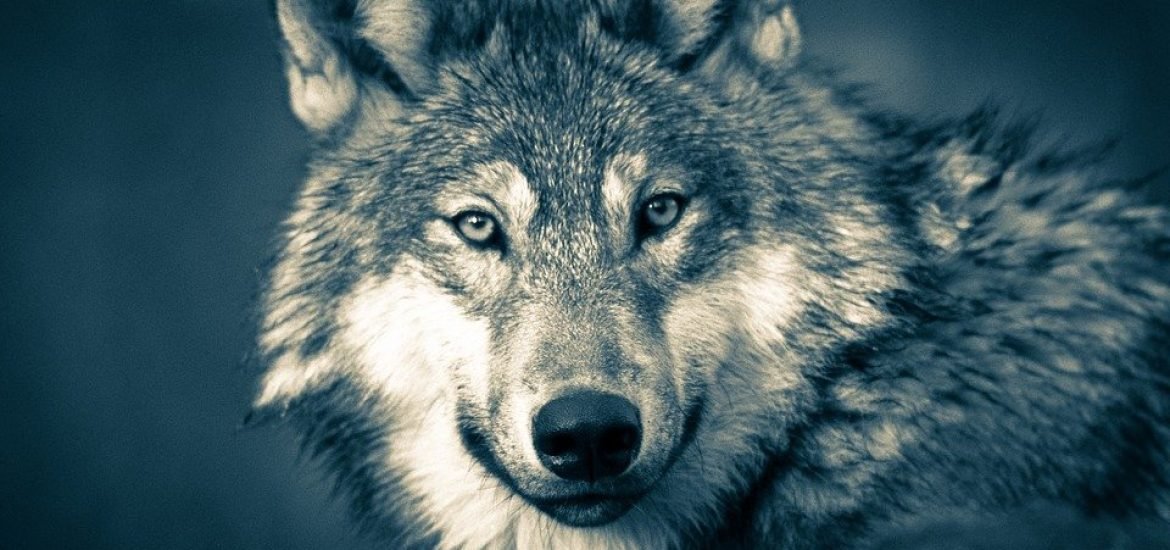
Populations of large carnivores like wolves are expanding across Europe, but local communities need support to deal with the new neighbours, say researchers from the University of Leeds, UK. Some countries, like Spain, for example, are introducing a complete ban on wolf hunting, which may aggravate the tension between local people and the 4-legged incomers. For the authors, it’s vital to define how the wolves should be managed and by whom.
Researchers from the University of Leeds looked at three types of communities in Spain: some with a permanent presence of wolves, some where they have returned recently and some where they are likely to return soon. The aim was to explore how humans and wolves can live together in harmony. “Today, thanks to strict conservation laws, urbanisation and improved habitat conditions, we are seeing a return and expansion of large carnivores, such as wolves, to many types of landscapes across Europe. This is a hopeful sign for the global nature restoration movement, which is a crucial part of dealing with the ongoing biodiversity and climate crises”, said lead author of the study Hanna Pettersson.
The researchers found massive differences between these communities. For example, guard dogs specifically trained to fend off wolf attacks could be efficient in one location but less feasible in others due to the presence of tourists. This highlights the importance of working with individual communities to develop solutions adapted to each case instead of the same regulations for everyone.
“The main problem with wolves in areas where wolves and people shared space was often less about the wolves themselves, but about economic and social pressures that were threatening the livelihoods, cultures and autonomy of local communities. For different reasons, the wolves often came to represent these pressures. Up until now, we knew a lot about the factors that lead to dysfunctional relationships, but much less about what fosters functional coexistence.
“However, it is important we work proactively in the communities that will share space with these large predators. In some cases, they can bring economic benefits through ecotourism, and they can provide natural regulation of ecosystems, for instance, by keeping herbivore numbers in check.
“Wolves are beautiful creatures admired by many, but they also cause problems for traditional farming communities, many of whom are already vulnerable due to unfavourable market conditions and social marginalisation. The survival of these communities is crucial to maintain their rich cultural heritage and sustainable food production practices, and therefore we must ensure the right conditions are created to enable them to persist in a wilder and more biodiverse countryside of the future.
“Wolves are returning to places where they have been extinct for decades, sometimes centuries. The key challenge we face is preparing and supporting communities so that they can adapt and flourish, thanks to, or sometimes despite, their return”, said Petterson.
Different ways to deal with wolves
Spain is home to one of Europe’s largest populations of wolves, around 2,500 animals. Traditional farming methods are still common in this country, and shepherds often take their livestock across large areas. With animals roaming free, the risk of predation from wolves is high.
Some communities have learnt to live with wolves and have adapted many successful ways to co-exist with these animals. In these areas, livestock is kept indoors at night, and there’s always a shepherd and a guard dog with them during the day. However, these methods are expensive and time-consuming, especially for small-scale farmers. In addition, although there are subsidies to cover losses due to wolf attacks, it can be virtually impossible to prove that there were actually wolves involved.
“If we don’t recognise, celebrate, and support these communities, it will be almost impossible for them to pass on their way of life to future generations, and we will lose the knowledge and skills of those who have successfully lived alongside wolves for hundreds, if not thousands, of years. Without support, coexistence farmers will always be worse off than those who live in areas without wolves, and that sends the wrong signal. We need coexistence communities to thrive, to provide a positive example and illustrate to those who are anticipating the return of wolves that living with them is possible”, said Petterson.
Despite the problems, the researchers were still able to some successful examples to support communities. In places where wolves have caused some conflict and damage, a local NGO developed a certification scheme to ensure farmers receive enough funds to protect their lambs as they need, as well as acknowledgement in local shops and restaurants where the meat is sold.
Spanish charity Fundación Entretantos is also keen to help. They created spaces for people in the community to talk about their own experiences with wolves and possible ways to deal with them. “Spanish people’s coexistence with the wolf is currently passing through a very sensitive and complex phase that has dragged on for years. We must ensure that solutions are built collectively, and that decision-making is supported by a large part of society – especially by the people, entities and groups affected”, concluded Julio Majadas Andray, a member of the foundation.